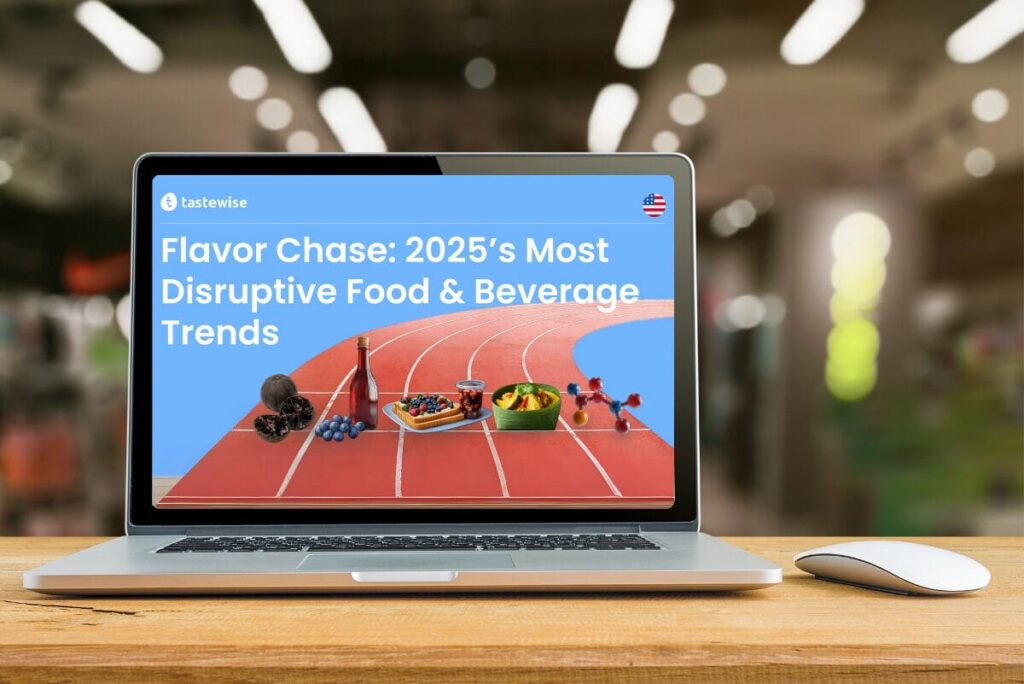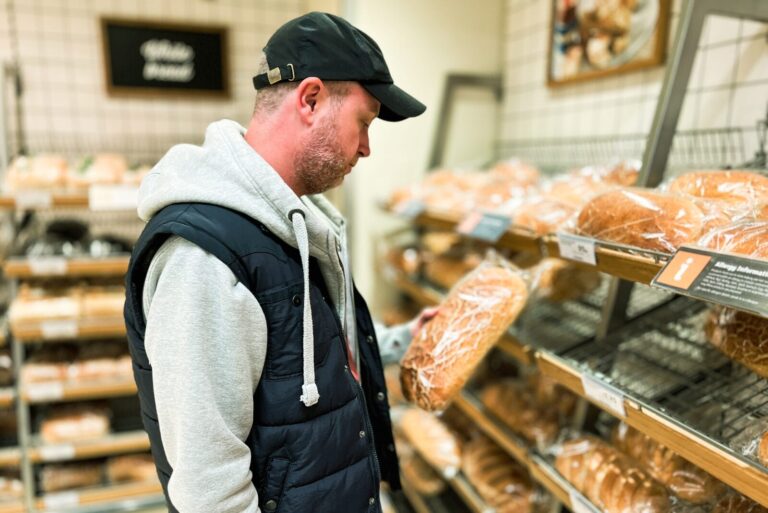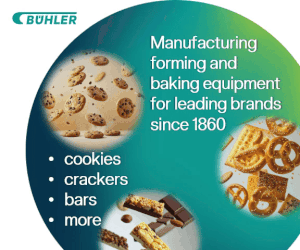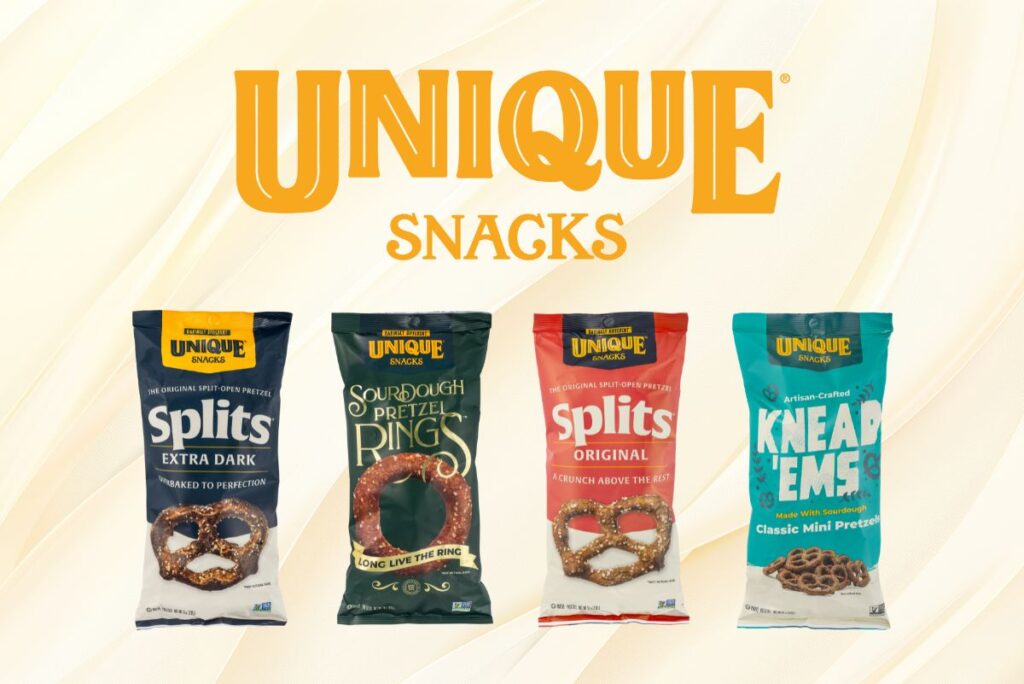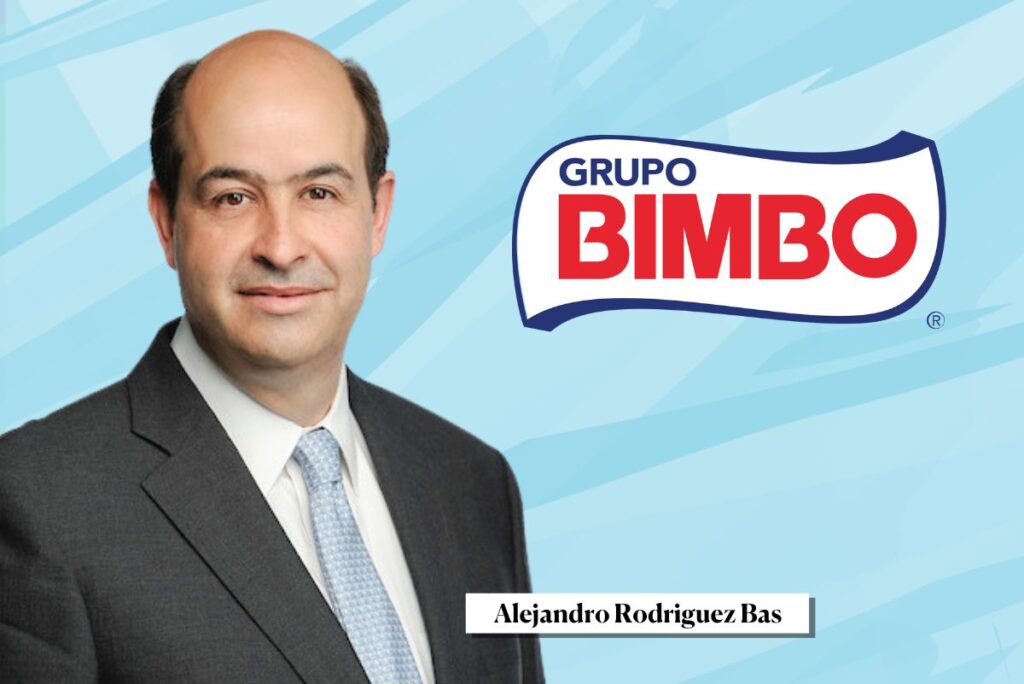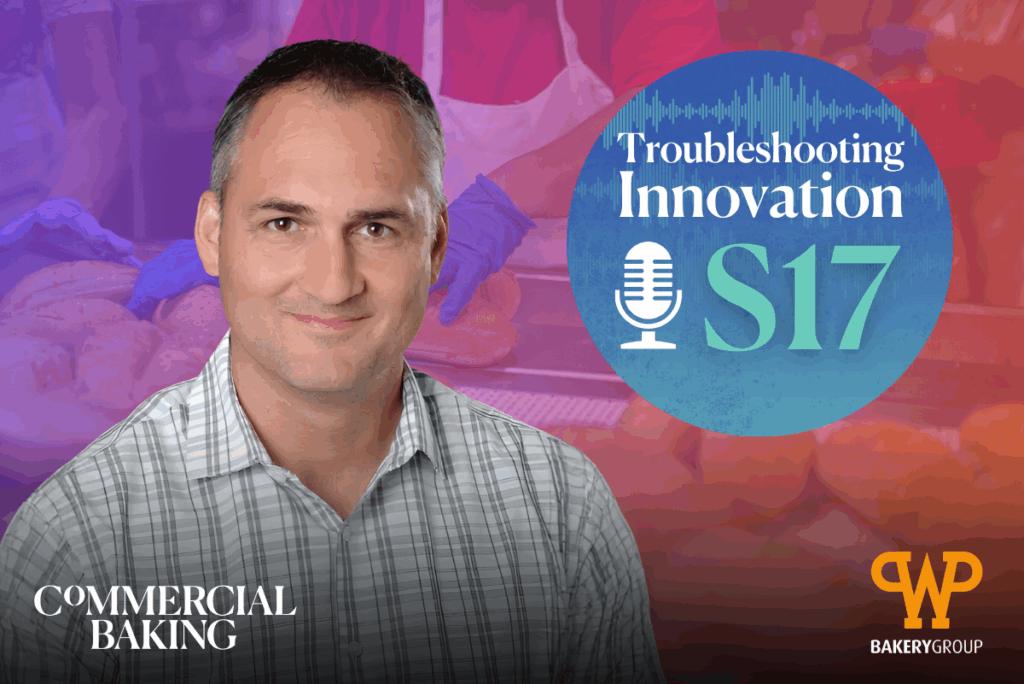KANSAS CITY, MO — As the commercial baking industry looks ahead to 2025, there are three emerging US consumer trends worth tracking: versatile ingredients, sustainability and hyper-personalized nutrition. That’s according to “Flavor Chase: 2025’s Most Disruptive Food & Beverage Trends,” a new report from Tastewise, a generative AI platform for the food and beverage industry. The full report included two additional trends: Asian cuisine and hydration.

